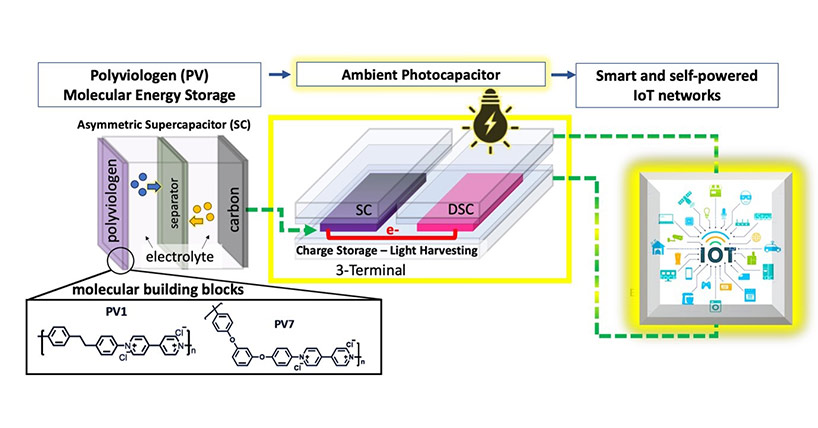Coral
New approach paves the way for large-scale coral reef restoration
Published on: 3 January 2018
Scientists have developed a new way to ‘sow’ coral larvae onto degraded reefs like farmers plant seedlings in a field.
The pioneering study, published in Scientific Reports and led by experts from the coral reef conservation organisation SECORE International, paves the way for effective, large-scale reef restoration.
Reef degradation is occurring at a scale of hundreds and thousands of square kilometres. However, current restoration activities are usually less than one hectare – 0.01 square kilometers – because until now they have been carried out manually by divers, who have to attach each coral fragment or larvae individually. This process is labour-intensive, and therefore costly, and so efforts are limited.
Using the new ‘sowing’ method, the larvae are settled onto tetrapod-shaped substrates made of cement and after a short period of time, the ‘seedlings’ are scattered onto the reef.
“This has the advantage of increasing early survival but not investing huge amounts of time and money into rearing and planting these corals,” explains Dr James Guest, one of the authors of the study and a Senior Research Associate at Newcastle University.
“From a perspective of restoration, the next big step is to show that these methods can be scaled up to restore 100's to 1000's of square metres of reef in a cost effective way.”

Successful restoration
Corals are being lost globally at unprecedented rates due to human activities. In the northern third of the Great Barrier Reef, for example, it is estimated that 67% of coral cover was lost in 2015/16 alone due to high temperatures causing coral bleaching and mortality.
Similar stories have emerged from elsewhere in the world in recent years, with coral losses due to severe storms, thermal stress, predators and local impacts such as dredging and land reclamation.
Various approaches have been used for reef restoration. One is to seed larvae directly into mesh enclosures on the reef in an attempt to boost settlement rates; the second involves settling larvae on pre-designed substrates and rearing for long periods of time in nurseries.
“Each of these methods has their pros and cons and involve different levels of "parental" investment,” explains Dr Guest.
“With direct seeding, you get much higher mortality rates, but with the rearing and planting method, the costs and labour involved are higher. Our new method is somewhere in-between.”
The team collected larvae released by colonies of golf ball corals (Favia fragumand) and these were settled on the specially-designed cement.
Three weeks later the settled coral larvae had turned into initial coral polyps and the units were sown on the reef in front of the Curaçao Sea Aquarium.
“The specific shape of the tetrapod substrates allowed us to simply wedge the Seeding Units into natural crevices of the reef,” says Valérie Chamberland, who led the field research on Curaçao as part of her PhD work at IBED. “Most Seeding Units were stable within few weeks, either secured in crevices or naturally cemented on the reef’s framework.”
Enhance survival
The design of the substrates not only promotes the attachment on the reef, but is also intended to enhance the survival of the coral settlers.
Dr. Dirk Petersen, project lead and Executive Director of SECORE International, adds:
“The different orientations of the Seeding Units’ surfaces and their integrated grooves create micro-habitats that likely reduce competition and predation affecting the young and very fragile corals compared to when larvae settle directly on the reef.
“This is crucial, as our results show that the early post-settlement life stage is the bottleneck for the survival of young corals.”
In the twelve months following the sowing, the scientists closely monitored substrate attachment to the reef and the survival rates of coral settlers.
After one year more than half of the units were recovered and still harbored at least one coral.
The future of coral reefs
“There is still a chance to save functional and diverse coral reefs, but without question, these reefs will not be the same as those that were abundant only four to five decades ago,” says Dr Guest.
“The most important thing to do is to reduce global carbon emissions and slow the rate of global warming and ocean acidification. It is also critical to ramp up protection and management of existing reefs to give them the best chance of surviving in the face of climate change.
“But we also need to examine innovative approaches, such as the one presented here, to conserve and restore reefs.”
Reference: New Seeding Approach Reduces Costs and Time to Outplant Sexually Propagated Corals for Reef Restoration. Valérie F Chamberland, Dirk Petersen, James R Guest, Udo Petersen, Mike Brittsan, Mark JA Vermeij. Scientific Reports
Full paper: http://nature.com/articles/doi:10.1038/s41598-017-17555-z



